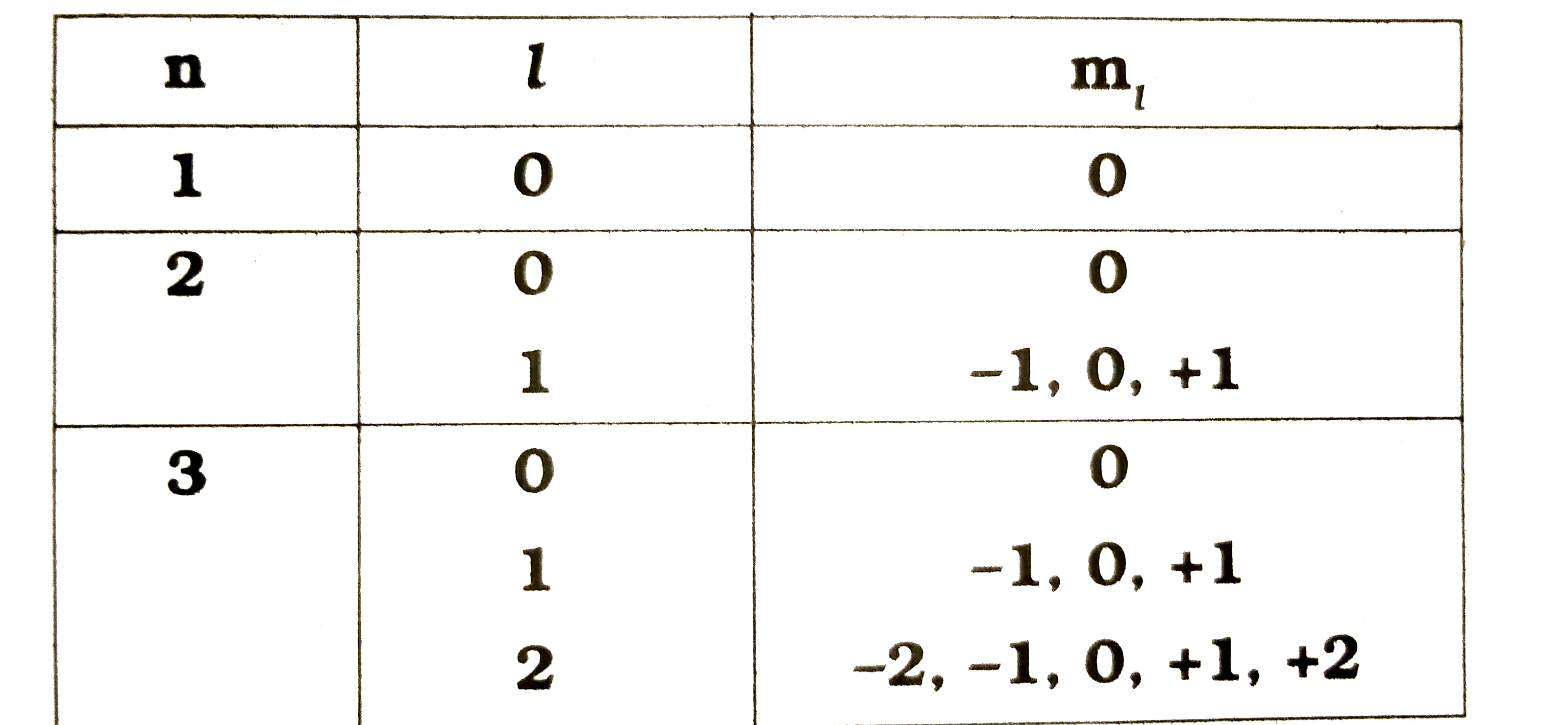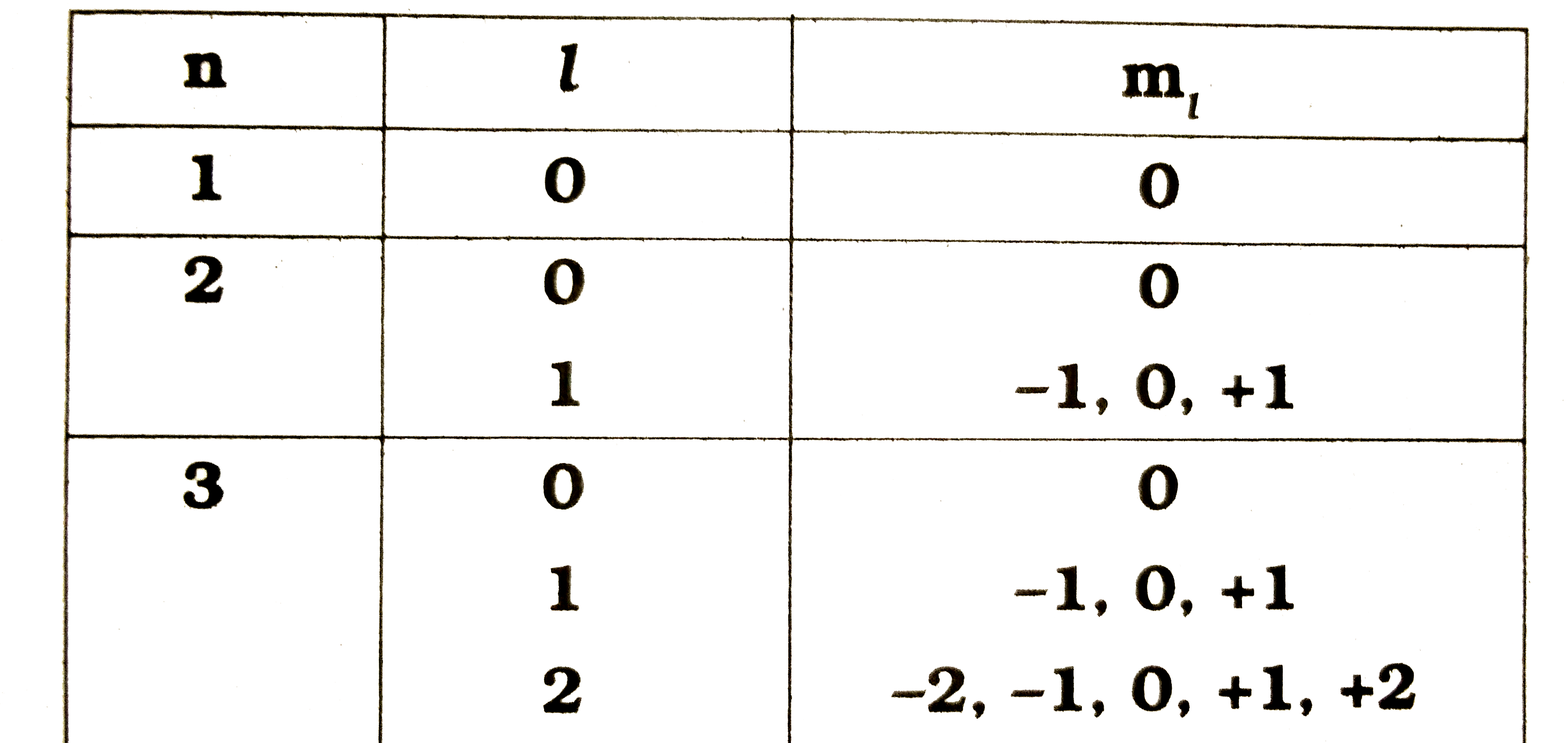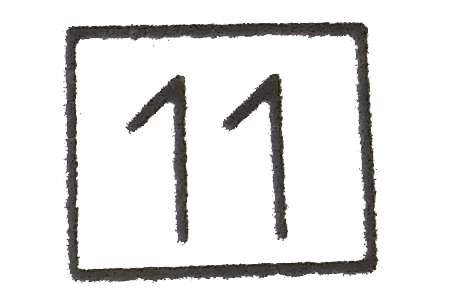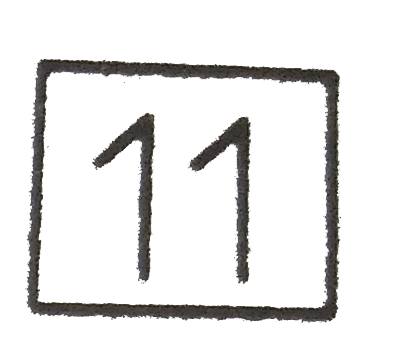Complete Solutions to CREATIVE QUESTIONS FOR NEW MODEL EXAMINATION ( SECTION - IV 4 MARKS ) of chapter STRUCTURE OF ATOM of Class 10 book with complete answers and questions
| Class 10 | CHEMISTRY |
| Chapter | STRUCTURE OF ATOM |
| VGS PUBLICATION-BRILLIANT | CREATIVE QUESTIONS FOR NEW MODEL EXAMINATION ( SECTION - IV 4 MARKS ) |
| Number Of Questions | 32 |
| Academic Year | 2023-24 |
What are the postulates of Bohr's model of hydrogen atom?
View SolutionWhat are the limitations of Bohr's theory of hydrogen atom?
View SolutionDraw Moeller chart of Ctlling order of atomic orbitals.
View SolutionDraw a diagram showing the increasing value of (n + l) of orbitals.
View SolutionBased on the information given in the table , answer the question given below

For the 4th main shell, how many values are there for `m_(1)` ? What are they ?
View SolutionBased on the information given in the table , answer the question given below

For sub-shell with n = 3, l = 1, write the `m_(1)` values.
View SolutionBased on the information given in the table , answer the question given below

Write the principal quantum number value for 'N' shell. How many sub-shells are there in the main shell ?
View SolutionBased on the information given in the table , answer the question given below

In the above table `m_(1)` and `l` values are given. Write a formula that gives the relationship between `m_(1)` and `l` based on those values.
View SolutionObserve the information provided in the table about quantum numbers. Then answer the question given below it.

Write the 'l' value and symbol of the spherical shaped sub-shell.
View SolutionObserve the information provided in the table about quantum numbers. Then answer the question given below it.

How many values that `m_(l)` takes for l = 2 ? What are they ?
View SolutionObserve the information provided in the table about quantum numbers. Then answer the question given below it.

Write the symbols of the orbitals for l = 1 sub-shell.
View SolutionObserve the information provided in the table about quantum numbers. Then answer the question given below it.

What is the shape of the sub-shell for l = 2 ? What is the shape of the sub-shell for l = 2 ? What is the maximum number of electrons that can occupy this sub-shell ?
View SolutionExplain Bohr’s model of hydrogen atom and its limitations.
View SolutionExplain Bohr- Sommerfeld model of an atom. What is the merit of this model? What are its limitations?
View SolutionDo the electrons follow defined paths around the nucleus
View SolutionWhat are the main features of quantum mechanical model of an atom?
View SolutionPrepare some questions to ask and make your friend understand the concepts orbital and orbit.
View SolutionAnitha argued that the 3d orbital is filled first, but not 4s orbital, with electrons.
By asking some questions Saritha corrected Anitha's argument.
What would be those questions ?
View SolutionIn an atom the number of electrons in N - Shell is equal to the number of electrons in K, L and M shells. Answer the question.
Which is the outermost shell ?
Explanation :
`K = 1 s^(2) (2)` electrons
`L = 2s^(2) 2p^(6) (8) ` electrons
M = `3s^(2) 3p^(6) 3d^(10)` (18) electrons
Total (28) electrons
`N = 4s^(2) 4p^(6) 4d^(10) 4f^(10) ` (28) electrons
To fill `4f^(10) , 1s^(2) , 2s^(2) 2p^(2) 2p^(6) 3s^(2) 3p^(6) 4s^(2) 3d^(10) 4p^(6) 5s^(2) 4d^(10) 5p^(6) 6s^(2)` should be filled Hence , the electronic configuration is `1s^(2) 2s^(2) 2p^(6) 3s^(2) 3p^(6) 4s^(2) 3^(10) 4p^(6) 5s^(2) 4d^(10) 5p^(6) 6s^(2) 4f^(10)` .
View SolutionIn an atom the number of electrons in N - Shell is equal to the number of electrons in K, L and M shells. Answer the question.
How many electrons are there in its outermost shell ?
Explanation :
`K = 1 s^(2) (2)` electrons
`L = 2s^(2) 2p^(6) (8) ` electrons
M = `3s^(2) 3p^(6) 3d^(10)` (18) electrons
Total (28) electrons
`N = 4s^(2) 4p^(6) 4d^(10) 4f^(10) ` (28) electrons
To fill `4f^(10) , 1s^(2) , 2s^(2) 2p^(2) 2p^(6) 3s^(2) 3p^(6) 4s^(2) 3d^(10) 4p^(6) 5s^(2) 4d^(10) 5p^(6) 6s^(2)` should be filled Hence , the electronic configuration is `1s^(2) 2s^(2) 2p^(6) 3s^(2) 3p^(6) 4s^(2) 3^(10) 4p^(6) 5s^(2) 4d^(10) 5p^(6) 6s^(2) 4f^(10)` .
View SolutionIn an atom the number of electrons in N - Shell is equal to the number of electrons in K, L and M shells. Answer the question.
What is the atomic number ?
Explanation :
`K = 1 s^(2) (2)` electrons
`L = 2s^(2) 2p^(6) (8) ` electrons
M = `3s^(2) 3p^(6) 3d^(10)` (18) electrons
Total (28) electrons
`N = 4s^(2) 4p^(6) 4d^(10) 4f^(10) ` (28) electrons
To fill `4f^(10) , 1s^(2) , 2s^(2) 2p^(2) 2p^(6) 3s^(2) 3p^(6) 4s^(2) 3d^(10) 4p^(6) 5s^(2) 4d^(10) 5p^(6) 6s^(2)` should be filled Hence , the electronic configuration is `1s^(2) 2s^(2) 2p^(6) 3s^(2) 3p^(6) 4s^(2) 3^(10) 4p^(6) 5s^(2) 4d^(10) 5p^(6) 6s^(2) 4f^(10)` .
View SolutionIn an atom the number of electrons in N - Shell is equal to the number of electrons in K, L and M shells. Answer the question.
Write the electronic configuration of the elements.
Explanation :
`K = 1 s^(2) (2)` electrons
`L = 2s^(2) 2p^(6) (8) ` electrons
M = `3s^(2) 3p^(6) 3d^(10)` (18) electrons
Total (28) electrons
`N = 4s^(2) 4p^(6) 4d^(10) 4f^(10) ` (28) electrons
To fill `4f^(10) , 1s^(2) , 2s^(2) 2p^(2) 2p^(6) 3s^(2) 3p^(6) 4s^(2) 3d^(10) 4p^(6) 5s^(2) 4d^(10) 5p^(6) 6s^(2)` should be filled Hence , the electronic configuration is `1s^(2) 2s^(2) 2p^(6) 3s^(2) 3p^(6) 4s^(2) 3^(10) 4p^(6) 5s^(2) 4d^(10) 5p^(6) 6s^(2) 4f^(10)` .
View Solution
1) How man.y orbitals are there in p-subshell ?
2) How many electrons are there in d-subshell ?
3) Write the corresponding orbitals for l = O, 1, 2, 3.
4) What is the relation between l and number of orbitals and l and number of electrons?
View Solutiona) `1s^(2) 2s^(2) 2p^(3) implies `

(b) `1s^(2) 2s^(2) 2p^(6) 3s^(2) 3p^(6) 3d^(2) implies Z = 20`
c) Electronic configuration of He is `1 s^(2) implies `

Which one contradicts the Aufbau rule ?
View Solutiona) `1s^(2) 2s^(2) 2p^(3) implies `

(b) `1s^(2) 2s^(2) 2p^(6) 3s^(2) 3p^(6) 3d^(2) implies Z = 20`
c) Electronic configuration of He is `1 s^(2) implies `

Which one contradicts the Aufbau rule ?
View Solutiona) `1s^(2) 2s^(2) 2p^(3) implies `

(b) `1s^(2) 2s^(2) 2p^(6) 3s^(2) 3p^(6) 3d^(2) implies Z = 20`
c) Electronic configuration of He is `1 s^(2) implies `

Which one contradicts the Hund's rule ?
View Solutiona) `1s^(2) 2s^(2) 2p^(3) implies `

(b) `1s^(2) 2s^(2) 2p^(6) 3s^(2) 3p^(6) 3d^(2) implies Z = 20`
c) Electronic configuration of He is `1 s^(2) implies `

Which one contradicts the Hund's rule ?
View SolutionExplain electromagnetic spectrum. Draw its diagram.
View SolutionDraw the electronic orbits for the main quantum number n = 4 by Bohr-Sommerfeld model.
View SolutionDraw the shapes of s, p and d orbitals.
View SolutionHow do you appreciate Niels Bohr for his contributions to under standing atomic structure?
View SolutionHow do you appreciate the scientists Aufbau and Hund?
View Solution
CREATIVE QUESTIONS FOR NEW MODEL EXAMINATION ( SECTION - IV 4 MARKS ) questions and complete solutions for chapter STRUCTURE OF ATOM of VGS BRILLIANT CHEMISTRY (TELUGU ENGLISH) of Class 10
All Exercises from VGS PUBLICATION-BRILLIANT Class 10 CHEMISTRY STRUCTURE OF ATOM
- ACTIVITIES
- CREATIVE QUESTIONS FOR NEW MODEL EXAMINATION ( SECTION - I 1/2 MARK QUESTIONS)
- CREATIVE QUESTIONS FOR NEW MODEL EXAMINATION ( SECTION - II 1 MARK)
- CREATIVE QUESTIONS FOR NEW MODEL EXAMINATION ( SECTION - III 2 MARKS QUESTIONS )
- CREATIVE QUESTIONS FOR NEW MODEL EXAMINATION ( SECTION - IV 4 MARKS )
- QUESTIONS GIVEN IN THE LESSONS ( 1 MARKS QUESTIONS)
- QUESTIONS GIVEN IN THE LESSONS ( 2 MARKS QUESTIONS)
- QUESTIONS GIVEN IN THE LESSONS ( 4 MARKS QUESTIONS)
- TEXTUAL LESSON PART ( ASKING QUESTIONS AND MAKING HYPOTHESIS)
- TEXTUAL LESSON PART ( CONCEPTUAL UNDERSTANDING )
- TEXTUAL LESSON PART ( FILL IN THE BLANKS)
- TEXTUAL LESSON PART ( INFORMATION SKILLS AND PROJECTS)
- TEXTUAL LESSON PART ( MULTIPLE CHOICE QUESTIONS)
- TEXTUAL LESSON PART (APPLICATION TO DAILY LIFE , CONCERN TO BIODIVERSITY)